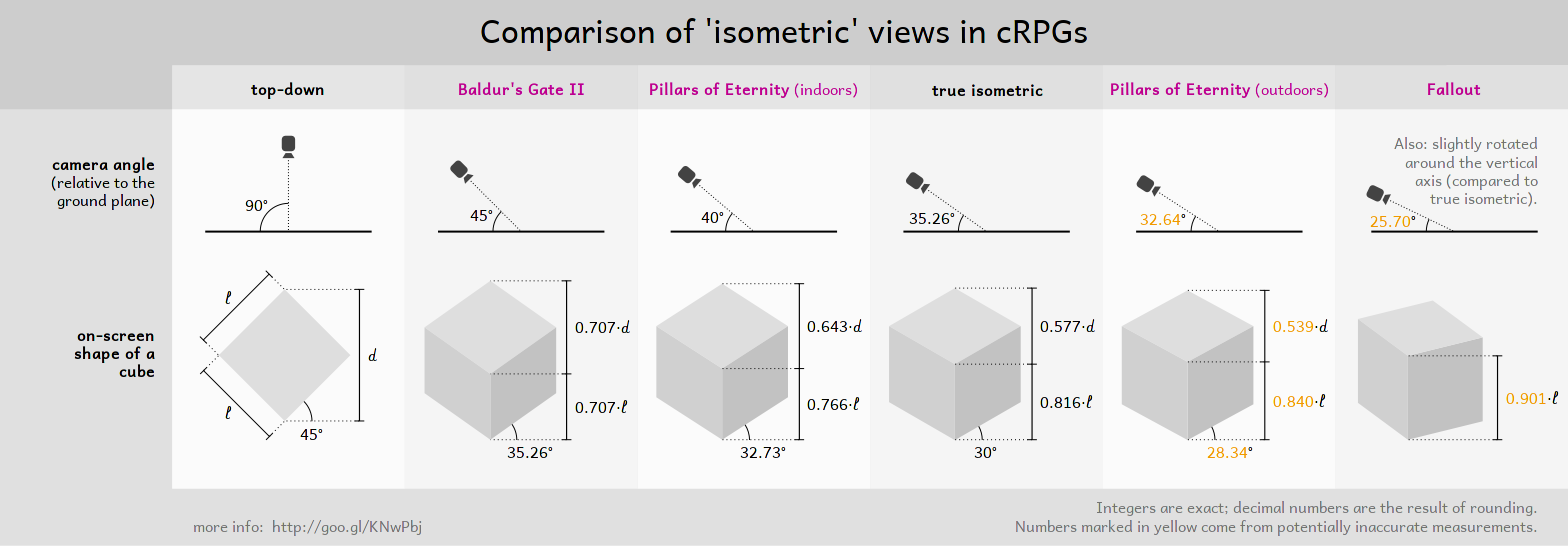In the old days, you didn't have a GPU, so you didn't have the computing power to display a rotated view in real time. What they did is make weirdly shaped images that look rotated if you paint them in the correct order. For user interaction, you need to know what position was clicked with the mouse button, which resulted in those formulas.
You can still do the above in OpenGL by displaying a simple flat 2D surface, and painting the weirdly shaped images at it. Everything is 2D here, nothing needs rotation.
If you want to use 3D models and show them in an isometric way, simply rotate your camera 45 degrees relative to the surface axes of the world, at an approximate 30 degrees downward view. Wikipedia has the exact angles last time I looked, or you can compute them from your formulas if you like a nice 3D math exercise.
In the old days, lack of GPU also meant no scaling. Nearby and far away are equally large. So that means an ortho view, or equivalently a perspective view where the front and the back plane have the same size.






